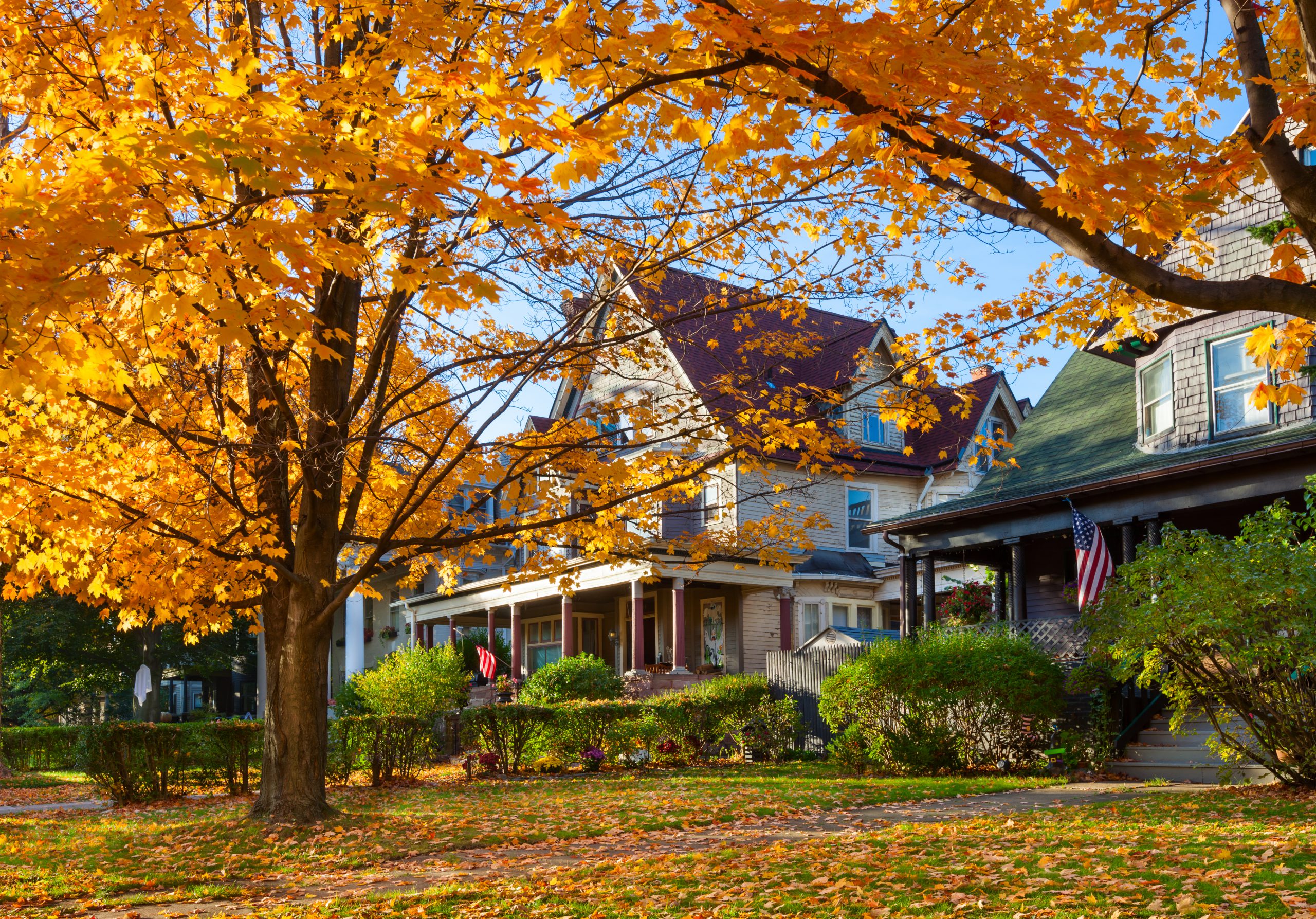
If the home you own is one of Australia’s favourite architectural designs – Federation, Queen Anne or a Californian bungalow – then you’ll likely know all about tuck-pointing.
It’s the art of restoring bricks, mortar and stonework by grinding back loose or compromised materials and replacing them seamlessly so your home looks as good as new.
The method dates back to the early 1900s – the boom time of Federation and Queen Anne homes – and was designed to offer neat, symmetrical brickwork to replace the more laissez-fair approach adopted for Victorian homes.
Problems occur in the mortar work for many reasons, such as shifting foundations, displaced concrete or even a metal beam that has expanded or rusted.
Tuck-pointing is a time-consuming and painstaking exercise that requires equal amounts of expertise and professional pride. That means it’s not cheap.
If your tuck-pointing needs a refresh, you should obtain three quotes from masons who have undertaken tuck-pointing and ask to see examples of their work. Sometimes, you’ll get a quote to fix only the visible problems. This is known as “face” tuck-pointing, which improves the cosmetics. Structural challenges, such as a crumbling chimney, require more extensive work.
Don’t favour the cheapest quote necessarily. Quality is key, or you could quickly find yourself back at square one. If you’re preparing to sell, ask your real estate agent whether the expense of tuck-pointing will be reflected in the sale price.
Here are a few more observations:
- Homes with the architecture and character of a defined style, such as Federation, hold their value better than most modern-day houses. So, it’s worth maintaining or restoring them to their former glory.
- The clean, defined brickwork created by tuck-pointing makes a wonderful first impression. It gives a true sense of the architectural heritage of your home.
- Well preserved and thoughtfully updated homes hold their value better than most modern options.
- A crumbling chimney is caused by the venting of an appliance, such as a wood-fired combustion heater. These create condensation when the hot air meets the cold air in the chimney. The result is that bricks and mortar get a soaking and over time this can cause your chimney to degrade.
- Most of us don’t have the skills to diagnose brickwork problems accurately, tint the mortar appropriately, or have the network to match bricks. On top of that, tuck-pointing is tricky work often conducted on a ladder or roof. So, please leave it to the experts.
This article is provided for general information only and does not take into account the specific needs, objectives or circumstances of the reader. Before acting on any information, you should consider whether it is appropriate for your personal circumstances, carry out your own research and seek professional advice.
